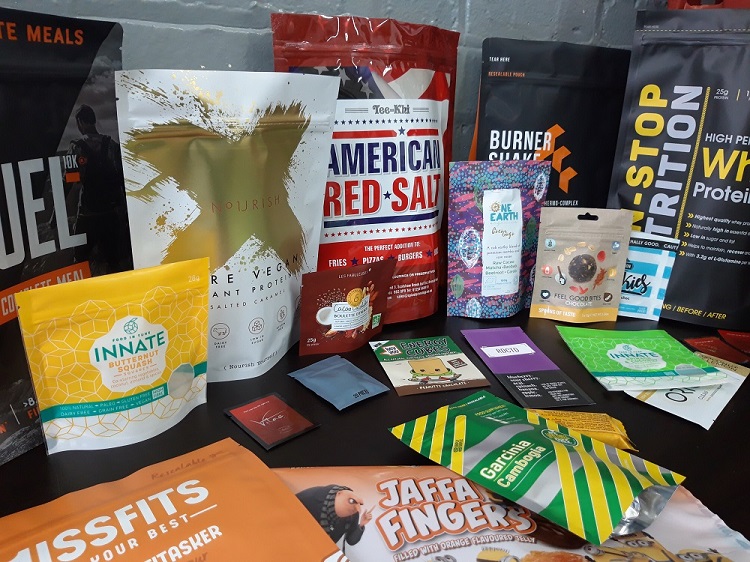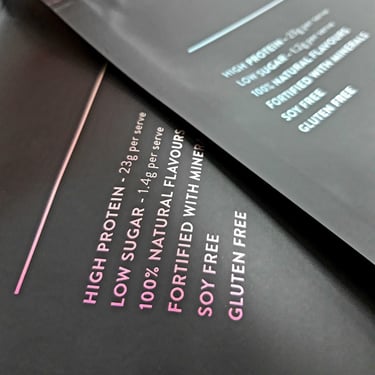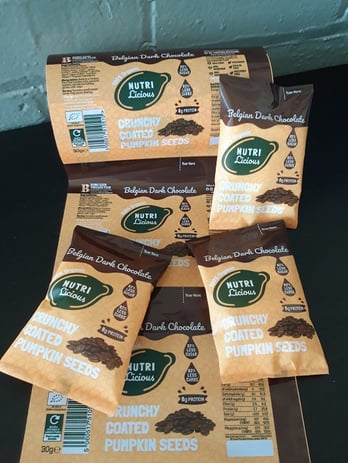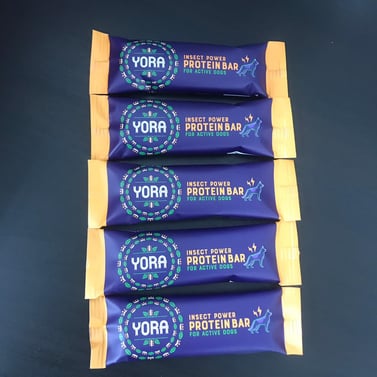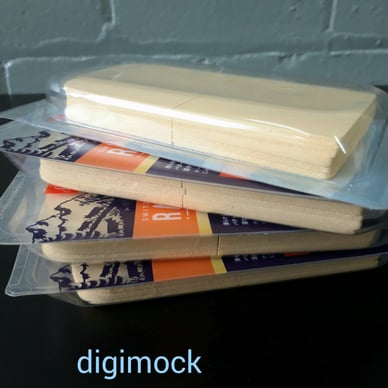What Types of Flexible Packaging are used to pack food and products?
We're often asked by clients on the best way to pack their products. Particularly when new and emerging brands are taking their first steps - transitioning from plain packaging and labels to fully printed packs for maximum shelf impact. So what are the considerations?
Firstly, Flexible Packaging is exactly that - materials that are not rigid in nature and can be formed to make a variety of end pack formats. So the first steps are to determine the packaging materials used and the most suitable format required. All of which are determined by a whole range of influencing factors.
Pack types for food and product packaging
Packaging can be either pre made and ready to use, such as stand up pouches, 3 side seal bags, flat bottom bags, side gusset bags and vacuum bags for example. Or, they can be formed into packages on automatic packing lines. In this case packaging films are delivered on reels and "converted" on a machine, they also pack the products at high speed for efficiency.
Examples of automated packing include "Pillow Packs", formed on vertical packing lines, using weigh heads to decant the product and fill at the desired weight or volume. You only need to take a step into your local convenience store to see many products packed this way such as confectionery and snacks.
Alternatively there are horizontal packing lines, where we see products such as bars transported along a conveyor whilst the packaging film over wraps and heat seals. These are also known as "flow wraps".
And finally there also tray lidding lines where trays can be formed and sealed with printed reel fed film for lidding. They may also use pre made trays and again apply the film and heat seal the film to the tray.
For pre made packaging the most common types are Stand Up Pouches (also known as Doy Bags), 3 side seal bags, and Side Gusseted Bags. All these can be either manually filled and sealed or machine filled for speed.
So the key aspect is determining how the product will be packed. Manually or by machine - which may also be determined by the product itself and its stage of development. In many cases and often with new lines and low volume demands, brands may simply be testing the waters, fine tuning the branding and determining the response to the products before moving to higher volumes. Whilst established brands may already have in place automated packing lines or outsource packing to a co-packer.
A further aspect mentioned, is to ensure the flexible packaging materials meet the product demands. Barrier materials can be introduced into the packaging - for enhanced protection. Products may be sensitive to light or moisture or require gas flushing. So its important to determine the materials presented meet the product requirements for both protection and shelf life.
Digimock specialises in providing both Short Run Digitally Printed Packaging with no MOQ, transitioning to Higher Volume Flexographic or Gravure print. This allows us to determine the right route for the customer - presenting a range of print and material options.
Digimock's team of professional sales and technical resource is available to assist on any food or product packaging project. For more examples of packaging types please see or gallery section - just click here

